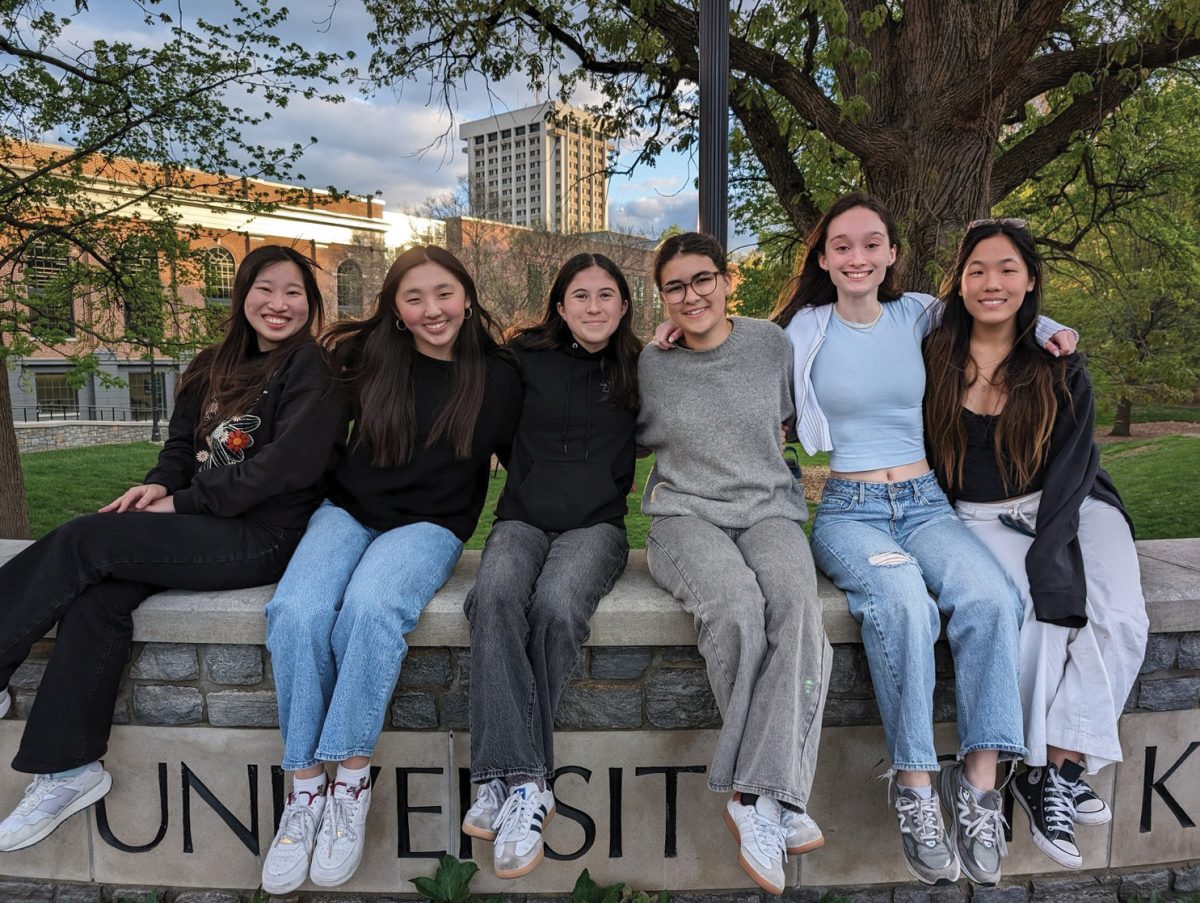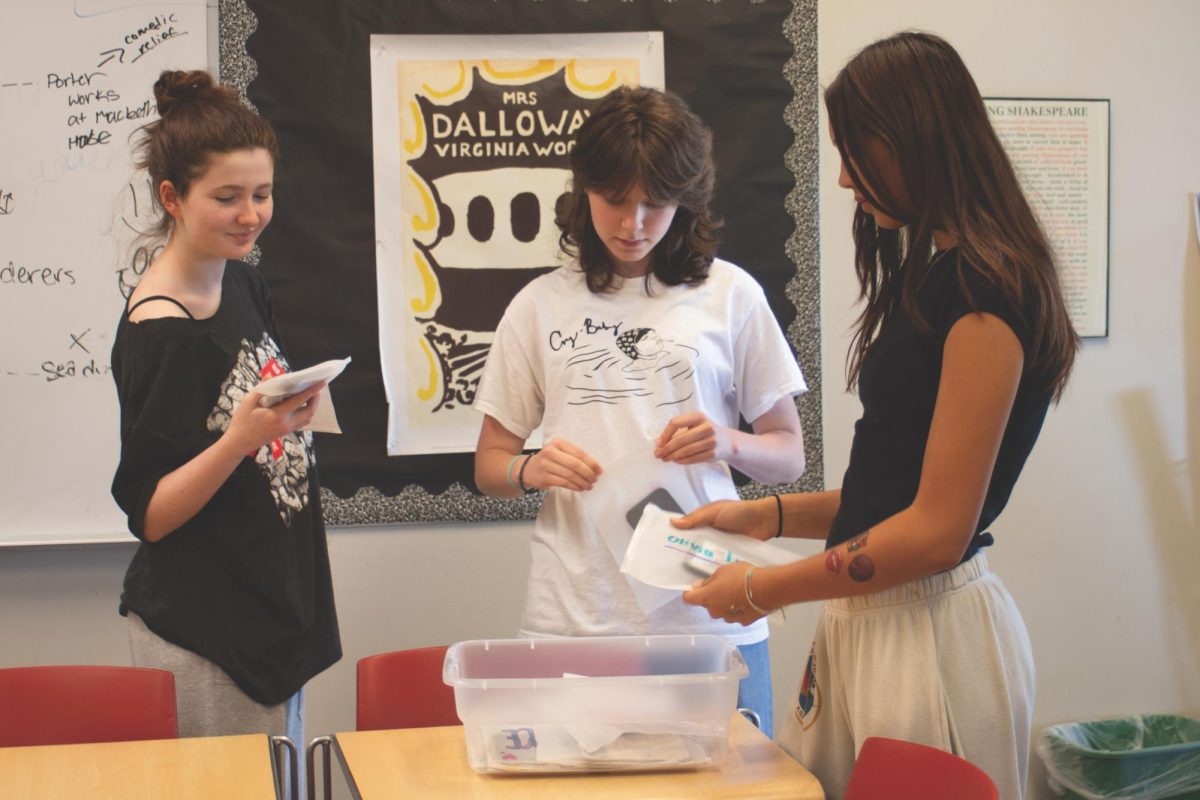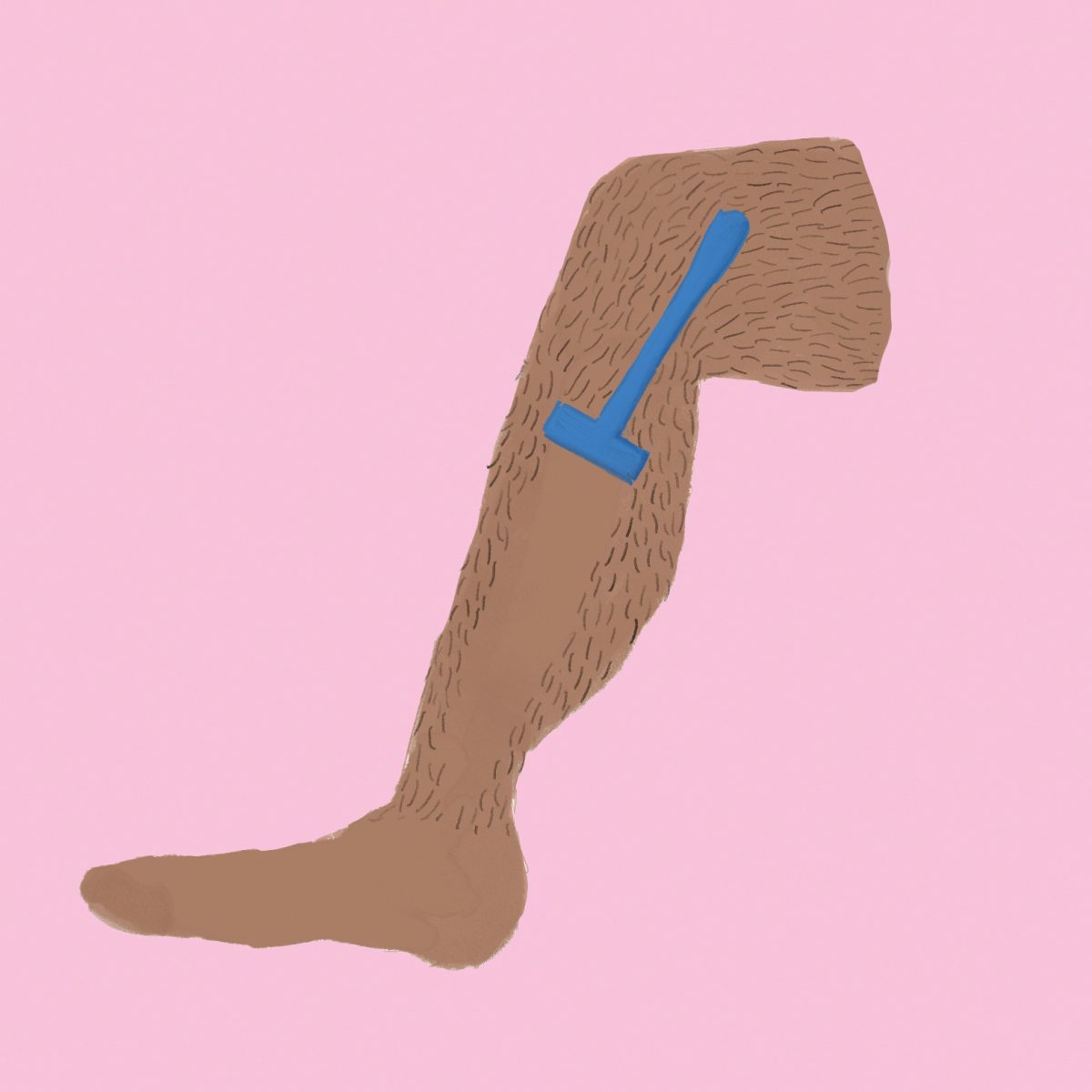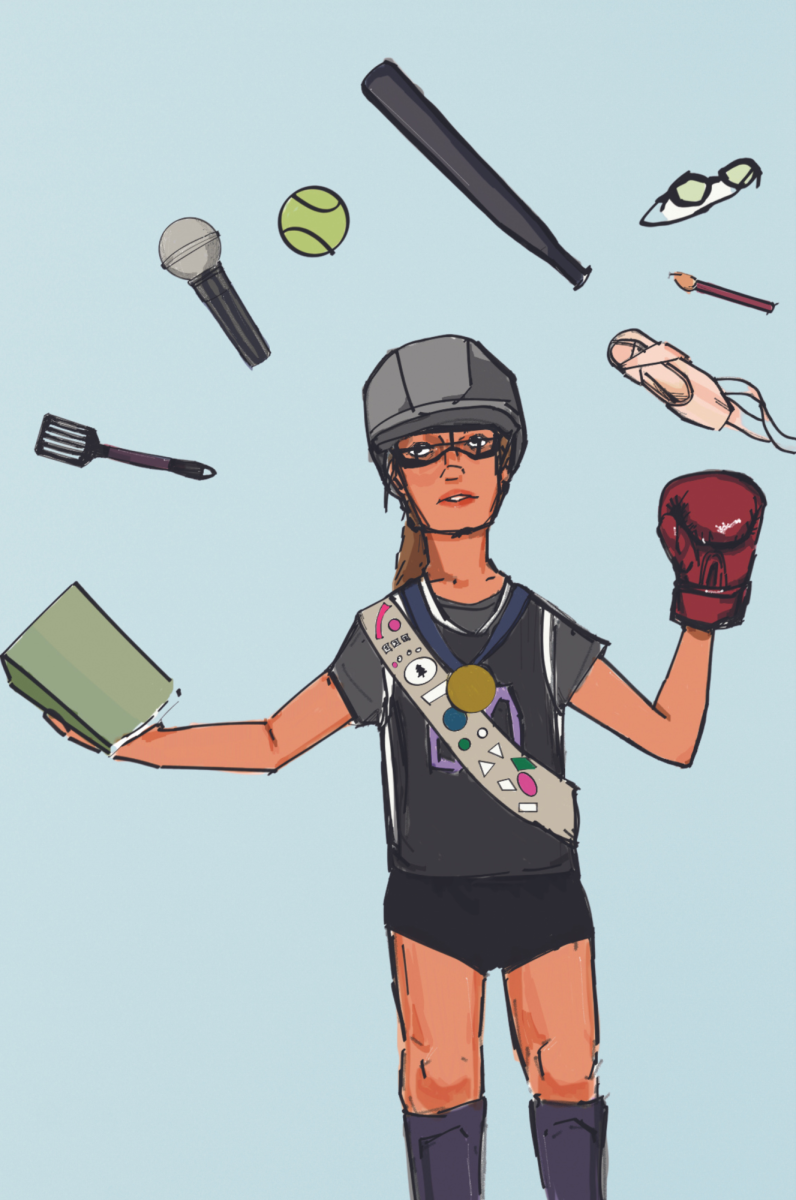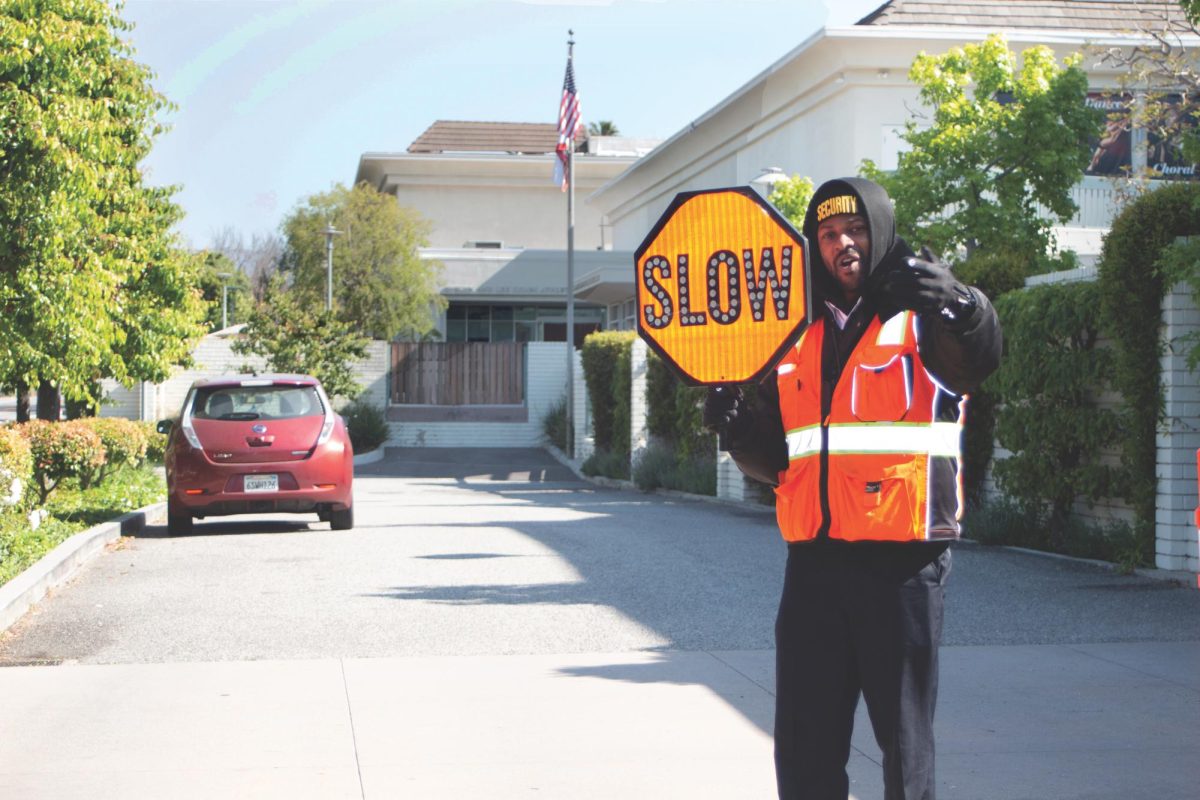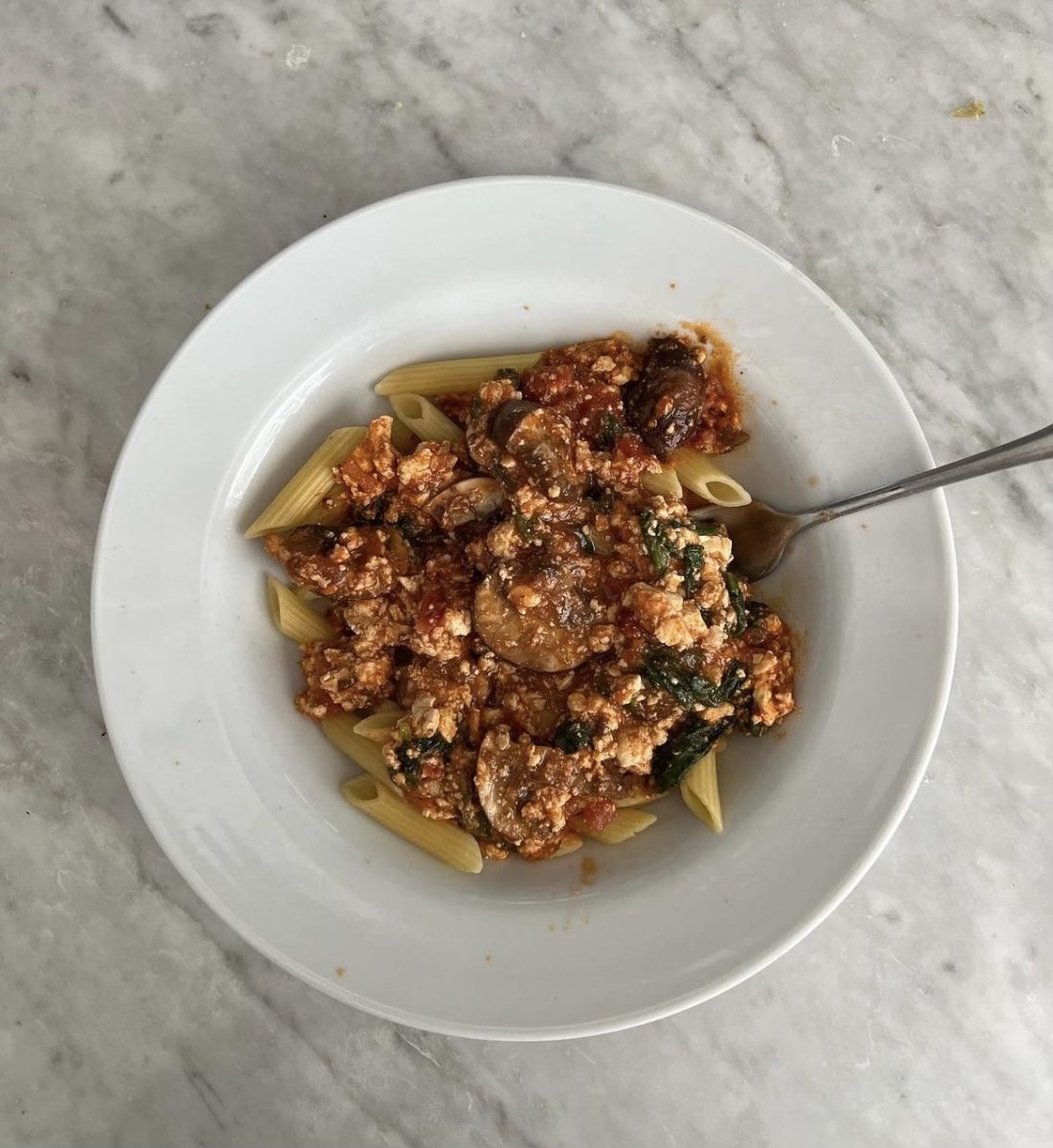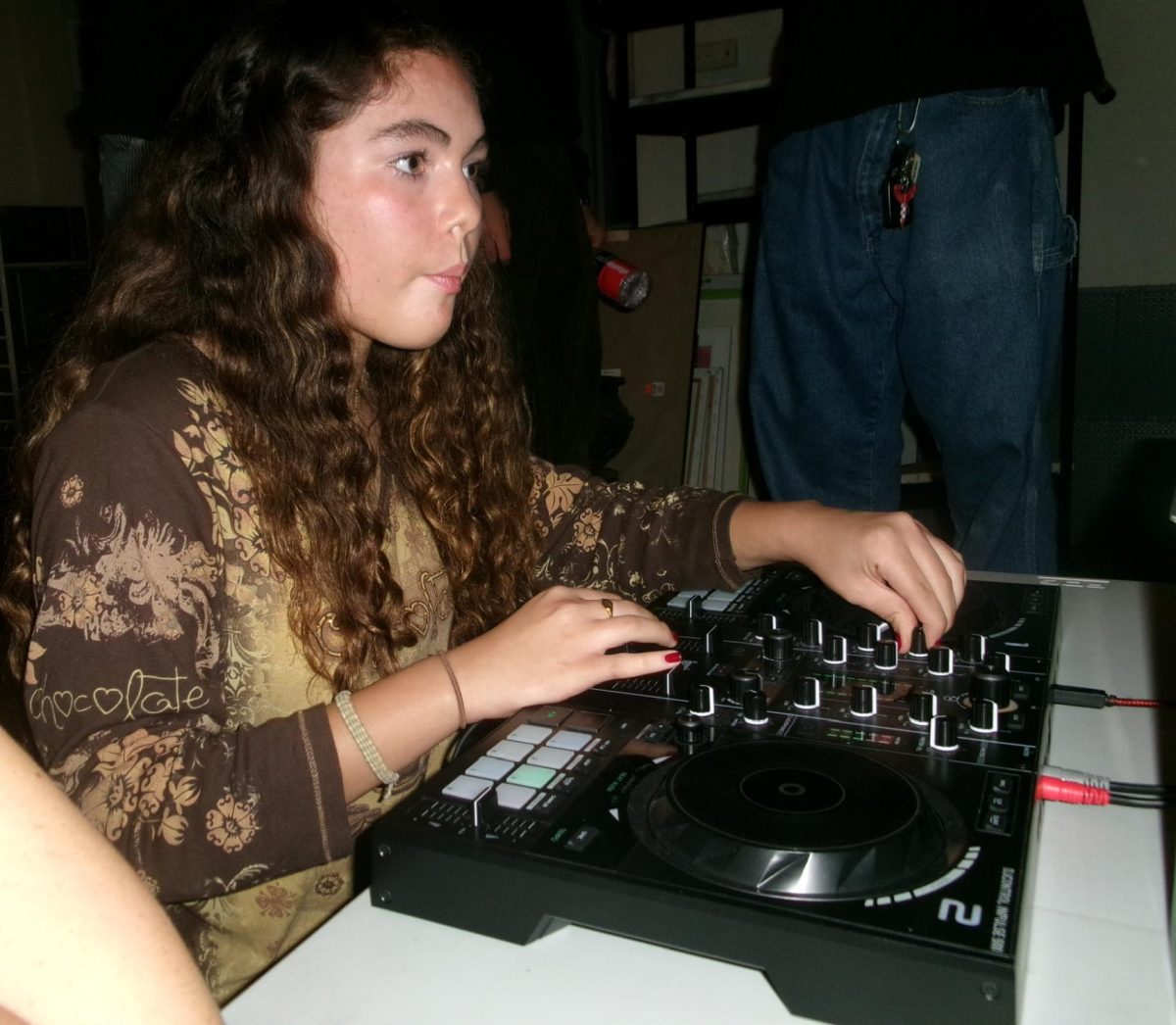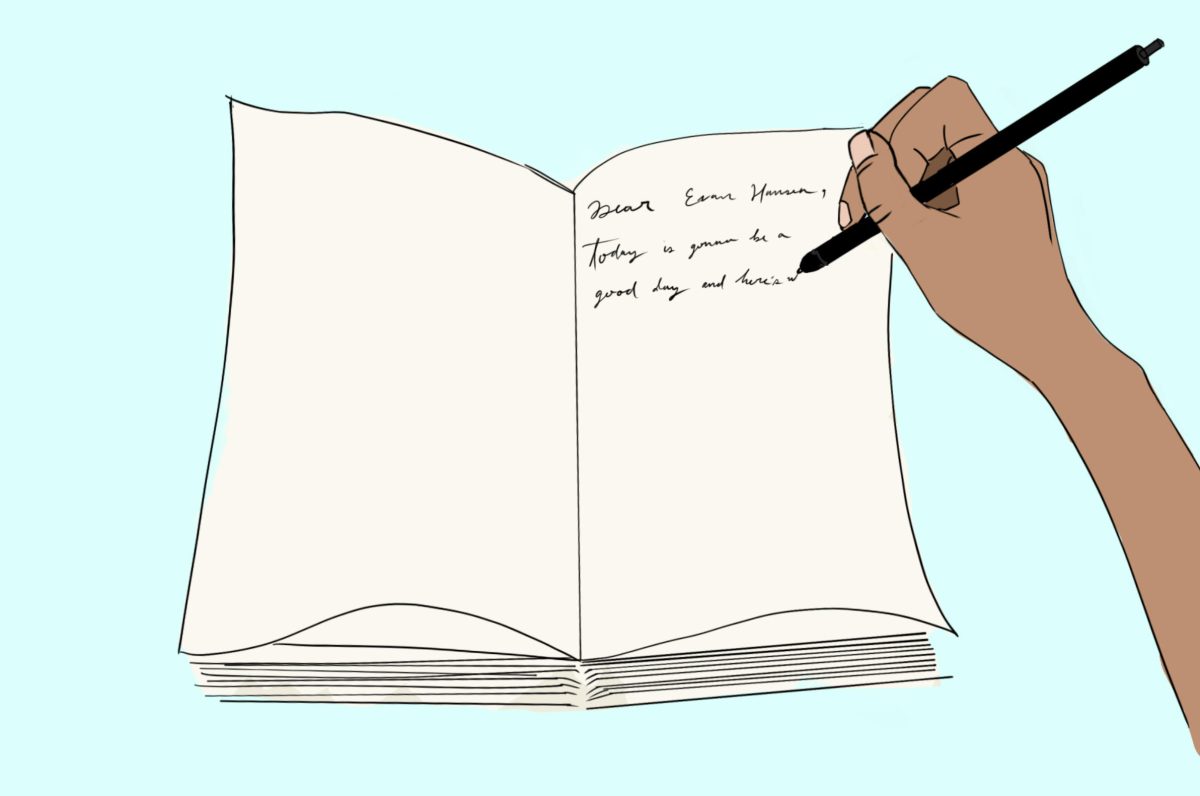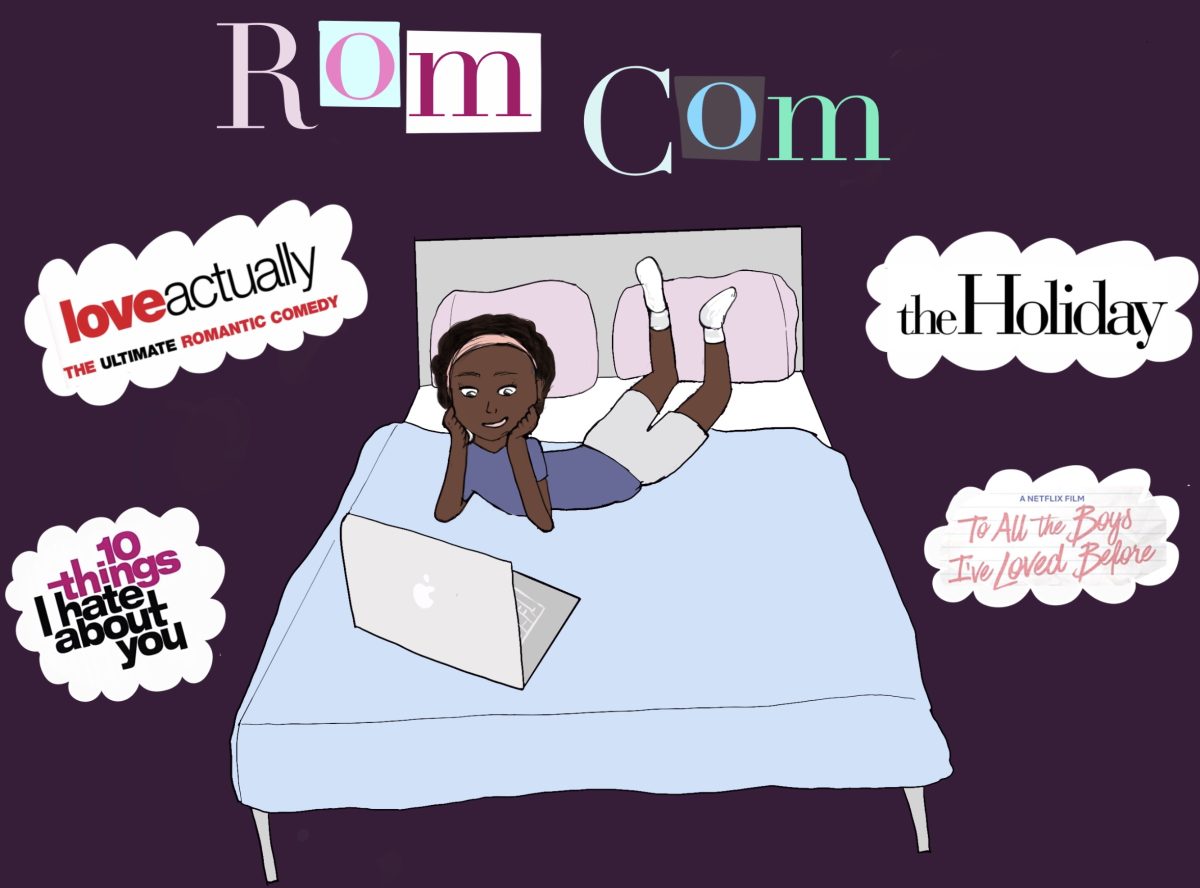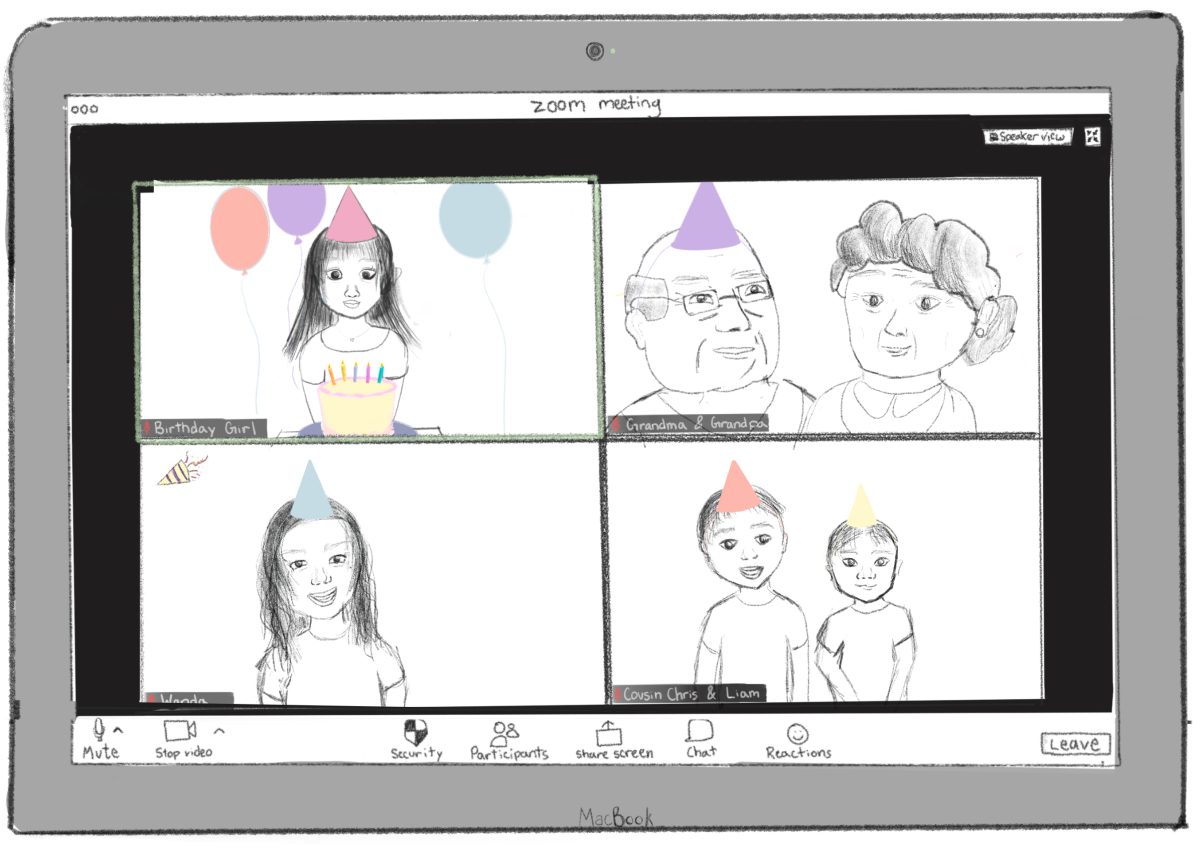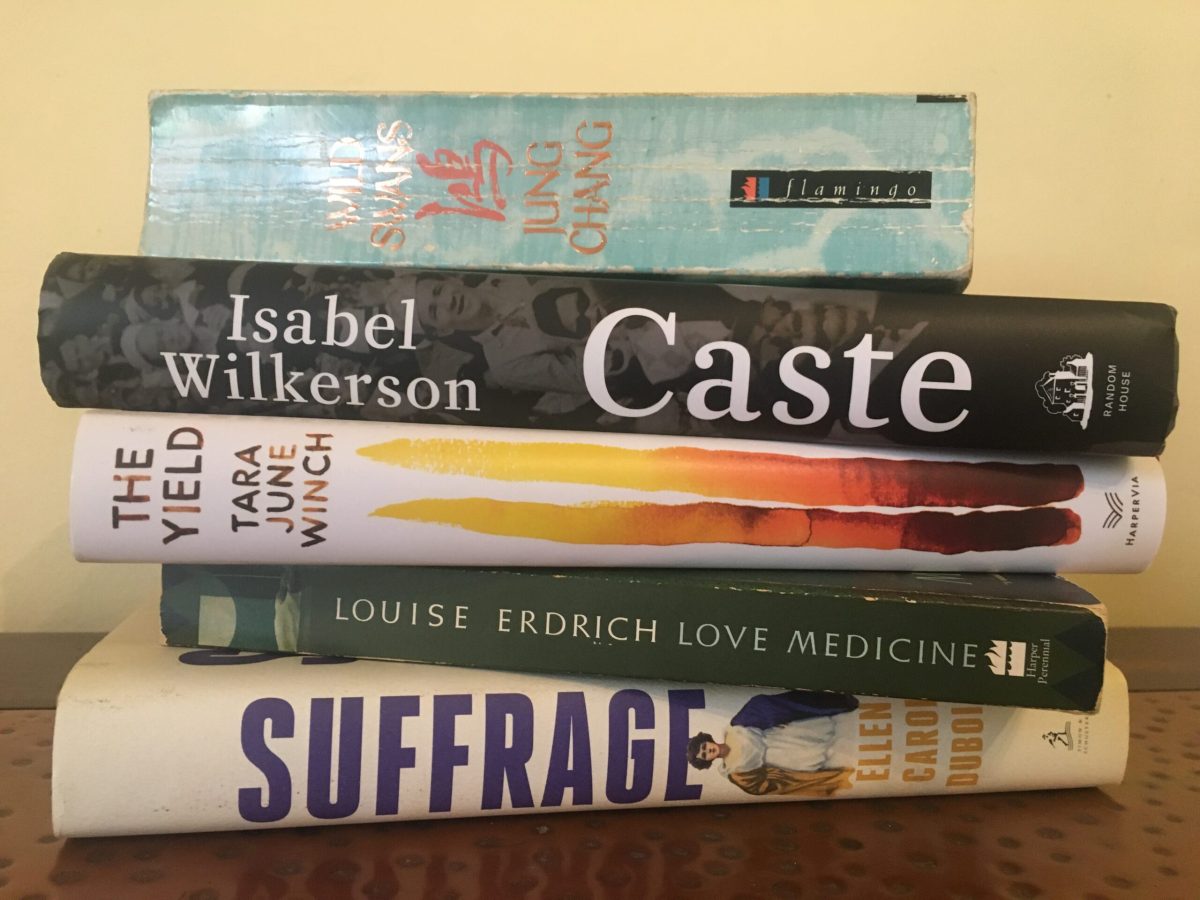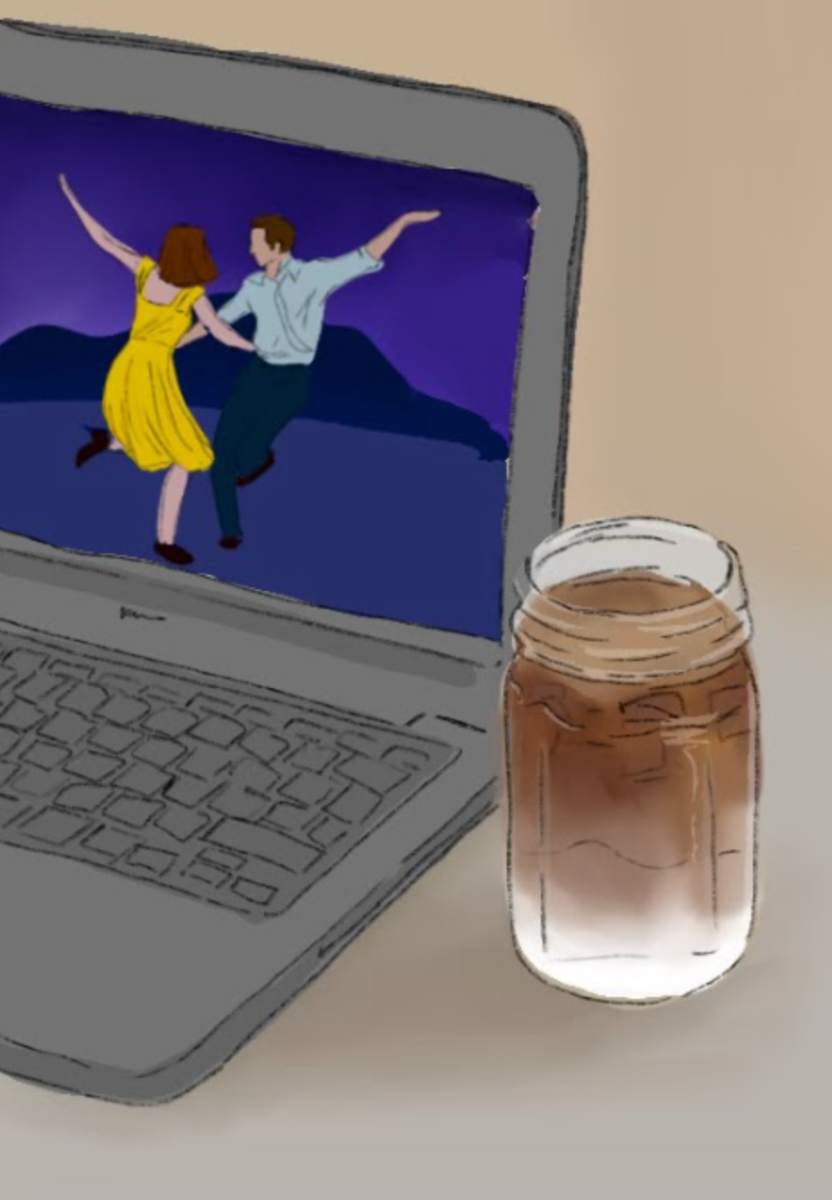As a teen in LA, you’re probably aware of the new rage that is thrift shops, flea markets and used clothing websites. Recently, I’ve found myself obsessed with all things secondhand, ranging from spending hours on Melrose or starting my own Depop account. I love buying used items because it is both environmentally friendly and not fast fashion, and also provides a unique selection that feels more personal than buying a mass-produced item currently owned by hundreds of other LA teens. However, the COVID-19 pandemic has created new hesitations about buying secondhand items, much to my dismay. Thrift shops and online sellers closed for a period during quarantine. Now, many ethical shops are reopening and adapting to COVID restrictions, each in their own unique and sustainable way.
I believe the safest and most convenient method of sustainable shopping during COVID is to use app and website Depop. The platform allows individuals to both sell and buy items. Depop has a wide range of capabilities from opening your own online shop to buying used clothing, or finding those strange thrift shop odds and ends.
I initially opened my Depop to sell a couple of old items, but I ended up falling in love with its superiority to regular online shopping. I can buy unique clothing from great sellers, and sell pieces in my closet that I don’t wear ensuring they get a good home!
Since Depop is online, items are shipped out to you, so you don’t have to worry about contact in these COVID times. However, like anything, there are drawbacks. For one, shipping can be expensive and item satisfaction is not guaranteed. Also, Depop isn’t the most ethical or sustainable option because sellers tend to upcharge items from non-profits and very affordable thrift shops, oftentimes buying in large amounts, to ensure they make a significant profit. Those who upsell fail to consider the impact mass buying of name brand clothing has on second hand stores. Taking clothing that was meant to be affordable and upcharging significantly harms those who rely on thrift shops for clothing.
Secondly, outdoor flea markets are a great and safe way to shop, as we know first hand with COVID, being outdoors is a lot safer than being indoors. What’s more, outdoor flea markets tend to have a wide range of vendors who sell everything from $5 shirts in buckets to awesome (and slightly overpriced) vintage items. My favorite outdoor flea market is the Melrose Trading Post, located at Fairfax High School. It’s large enough to get quite literally lost in a sea of stuff, and although some vendors are definitely more sustainable than others, some selling second hand items, some selling fast fashion, and others upcharging “vintage” items, it’s still the perfect way to spend an afternoon. It’s in the center of Fairfax and Melrose, so you’re next to just about everything. I love stopping at Pearl’s Finest Teas afterwards, my favorite drink is the Matchata, and then walking down Fairfax to Goodwill. I try to stop myself from buying too much, as some vendors upcharge items they’ve deemed vintage or rare, when in actuality they rarely are. But, I can never resist coming home with an item…or six. Right now, masks are mandatory, and COVID precautions are well enforced. Since the trading post is quite large, it is easy to maintain a safe distance from other shoppers.
Finally, in my opinion, the most sustainable, but least safe, option, are traditional in-person thrift stores. Most traditional thrift shops don’t sell online, so by shopping in stores you’re supporting their business. There’s also something so exciting about sorting through racks and racks of affordable treasures only to find “the perfect item.” For me, this would have to be a $12 pair of low-rise True Religion corduroys. Most thrift shops have adapted to COVID by mandating masks, limiting the amount of people inside at a time, sanitizing regularly and updating their interior to suit precautions. However, these precautions tend to vary. For instance, some require temperature checks and have an employee stand at the door as a line forms to get inside, whereas others hardly monitor the amount of people inside. Shops like the Buffalo exchange and Jet Rags closely limit the amount of people who enter, and Jet Rag even took temperatures before entering. Crossroads and Out of the Closet don’t monitor as much, however their prices are more reasonable. Most thrift shops remain indoors, which isn’t considered as safe as an outdoor space.
Overall, each of these options have their pros and cons. Their level of COVID safety measures vary, and depending on your personal restrictions, they can suit varying preferences. Yet, they’re all still more sustainable methods of shopping that can suit various styles and personal shopping preferences and fulfill the love for sustainable shopping instilled in many of us.


